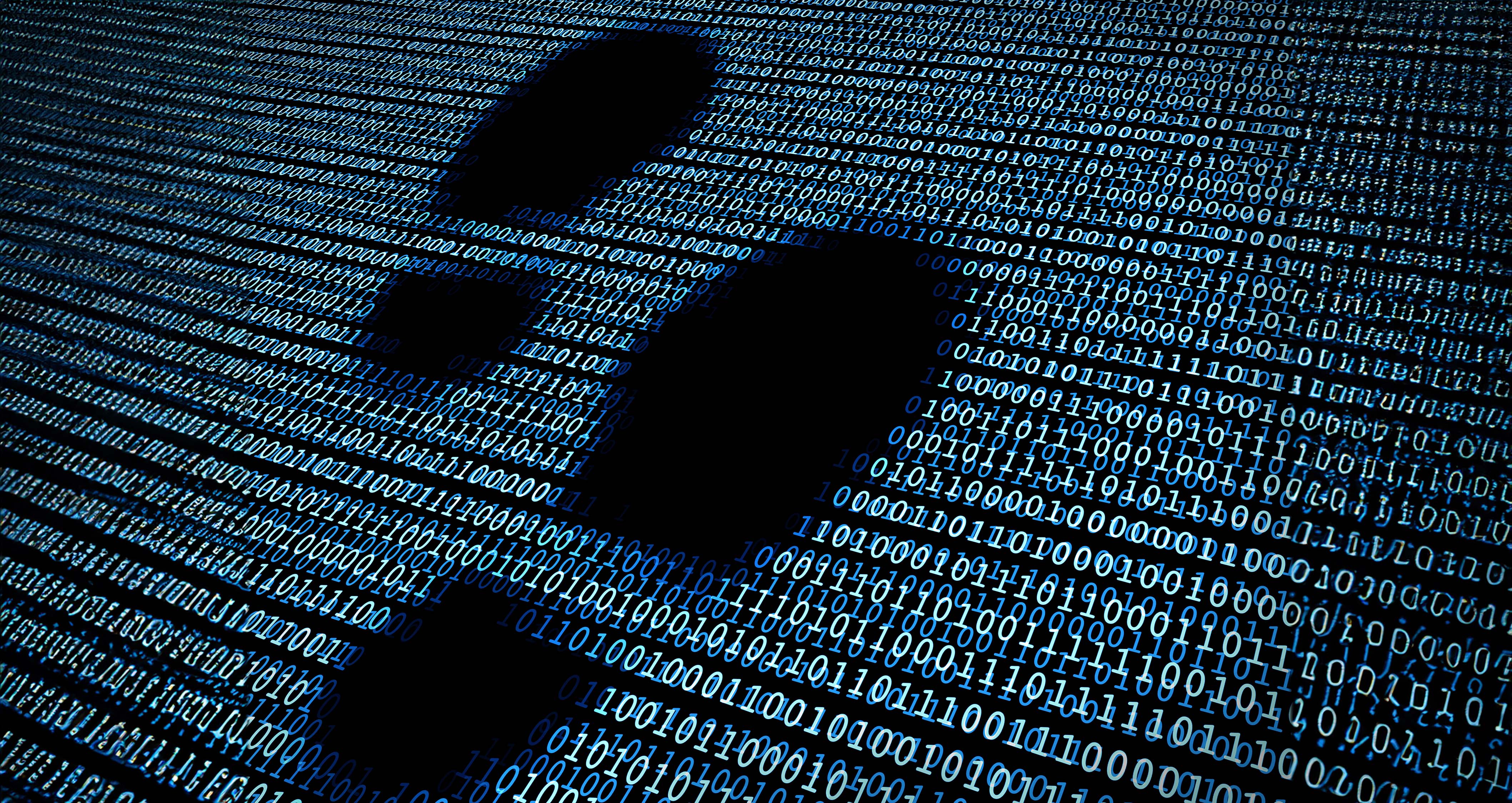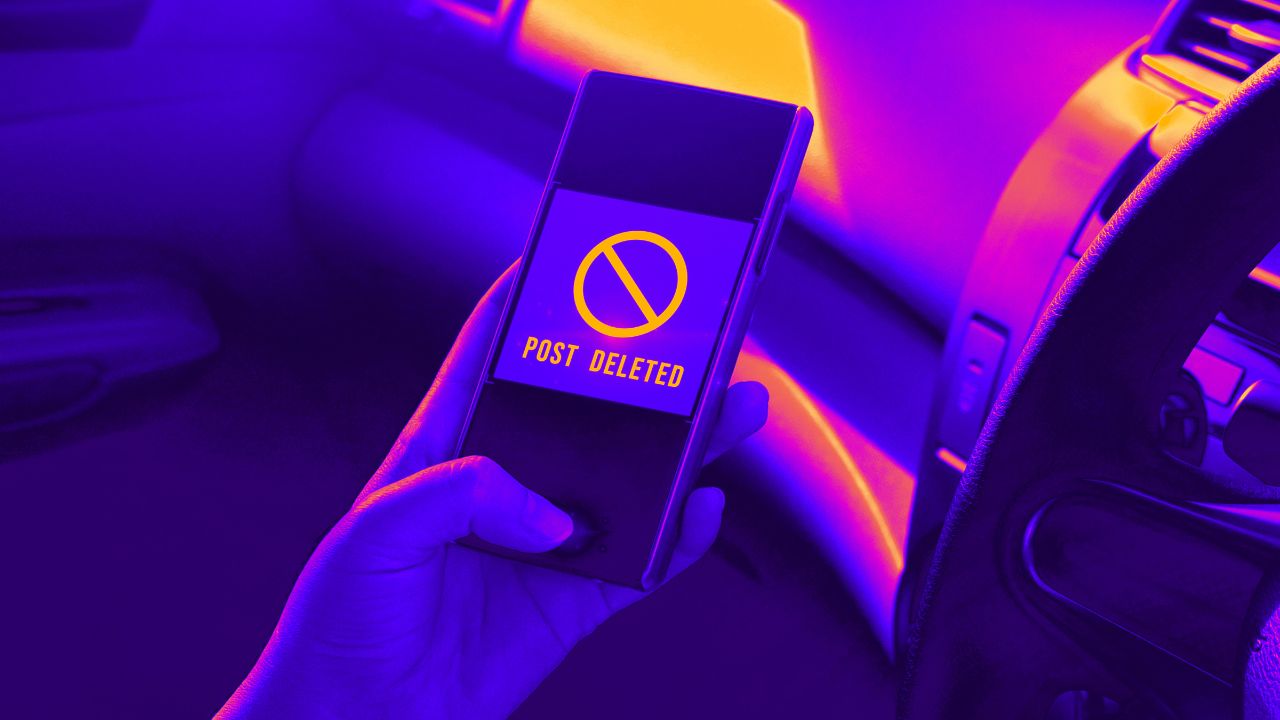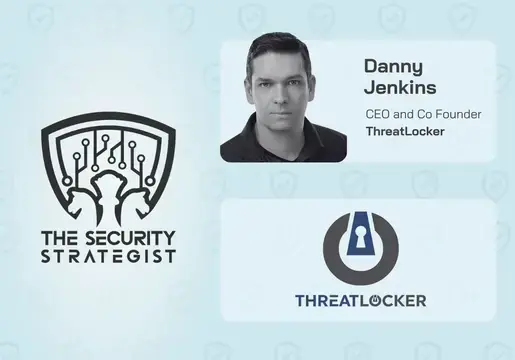
Have you ever wondered what the internet 'remembers' about you? Whether you're browsing incognito or not, everything you do online leaves a digital trace.
This trail of data is known as your digital footprint and while it might not seem important, this footprint shapes how you're perceived online and can even impact your real life. Understanding your digital footprint and taking steps to manage it is crucial to navigating the complexities of the online world.
In this article, we'll dive deep into what a digital footprint is, explaining why protecting it is important and how you can check and delete it from the internet.
What is a Digital Footprint?
A digital footprint is the trace of data you create as you navigate the internet. This data includes all of the Information you consciously and deliberately choose to share, such as information from social media profiles, photos, posts and comments you've posted online.
It can also be data that's collected passively without your knowledge. This includes any information from online discussions, forum comment sections, ratings or reviews, and any personal data you share online, such as your emails, direct messages and online forms or surveys. This data is collected by websites, apps, and other online services you use, often in the background and without explicit consent.
The data that makes up your digital footprint is collected through cookies. Cookies are small packets of data that websites leave on your device as you browse, allowing websites to remember and track your activity on their platform and use it for advertising purposes.

The data collected through cookies helps websites create a profile of you as a user such as your interest in products and your demographics including your location and age. They can track things like pages you visited, items you added to your cart or your preferences for language settings.
If you’ve ever been browsing for hotels and flights and then immediately seen the same venues on your Facebook feed, that's thanks to cookies. The user profile built by cookies is a goldmine for advertisers.
Websites can sell this data to ad networks, which then use it to target you with personalized ads based on your browsing habits. Persistent cookies can stay on your device for years allowing websites to track your activity across different browsing sessions, creating a more comprehensive picture of you.
Passively collected data might seem insignificant on its own, but when aggregated and analyzed, it can paint a surprisingly detailed picture of your online behaviour and interests.
Why is Protecting Your Digital Footprint Important?
Your digital footprint makes up your online identity. It's important to protect this identity to keep your reputation in check and protect your private information from being shared online without you realising it.
Reputation management is a key aspect of protecting your digital footprint. Potential employers, landlords, and even colleagues often check your digital footprint before making decisions, and negative comments, inappropriate posts, or outdated information can lead to them getting the wrong impression about who you are.
By actively managing your footprint, you can curate a positive online reputation that accurately reflects your skills and experience. This can be achieved by controlling what information you share publicly, removing old or embarrassing content, and engaging with positive online mentions. Taking charge of your digital footprint allows you to shape your online narrative and ensure it portrays you in the best light.

The vast amount of data collected about your online activity can also be intrusive. Advertisers and other companies can use this information to target you with unwanted advertising or even build detailed profiles about your life. Protecting your footprint helps you maintain control over your personal information.
Protecting your digital footprint is just as crucial for safeguarding your privacy. The vast amount of data collected about your online activity can paint a detailed picture of your interests, habits, and even location.
This information can be used by advertisers to bombard you with unwanted ads, by data brokers to build comprehensive profiles for targeted marketing, or even by malicious actors for identity theft or scams. By managing your digital footprint, you can minimize the amount of data passively collected about you, limit the information shared publicly, and ultimately take back control of your personal information.
A large and unmanaged digital footprint can also be a dangerous security vulnerability. Hackers or scammers might target you based on information they find online, such as your location or interests. Taking steps to minimize the data you share passively can help reduce these risks.
How to check your Digital Footprint
There are a few key ways to check your digital footprint and see what information about you is circulating online and they’re probably more simple than you would think.
1. Search for yourself online.
Use your preferred search engine like Google or Bing and type in your full name, including any variations, nicknames or common usernames you might use online. See what results appear on the first few pages of search results. This will give you a basic idea of the publicly available information about you online.
2. Review your Social Media Accounts.
Review your profiles on all social media platforms you use. Look at the information you've shared publicly, including posts, photos, and videos. Consider if there's anything you'd prefer to make private or delete altogether. Remember to check social media accounts that you no longer use such as old Myspace accounts.
3. People Search Websites
Several websites specialize in compiling public information about individuals. These can include your address, phone number, past residences, and even professional licenses.
4. Use Data Breach Checkers
Data breaches are unfortunately common, and your personal information may have been leaked online without your knowledge. Websites like Have I Been Pwned allow you to check if your email address or phone number has been compromised in a data breach.
How to Delete a Digital Footprint
While completely erasing your digital footprint is nearly impossible, there are steps you can take to significantly reduce it and manage the information available online about you. The best place to start is with what you choose to actively share online. This means:
- Considerig the posts you make publicly on social media, including comments, and how these may reflect on you now and in the future.
- Adjusting your privacy settings to limit who can see your current and past activity and consider completely erasing any accounts you no longer use.

There is only so much you can do when it comes to passively collected data, however, most web browsers allow you to manage cookies.
- You can choose to block all cookies, delete them after each session, or only accept cookies from trusted websites.
- When visiting websites or installing apps, be mindful of the permissions you grant them. Avoid giving unnecessary access to location data, contacts, or browsing habits.
- Request data removal. The European Union's General Data Protection Regulation (GDPR) grants individuals the "right to be forgotten." This allows you to request that companies erase your personal data under certain circumstances. You can also look for data deletion options on websites or apps you use. You may find options to request account deletion or removal of specific data points.
- Be Wary of Third-Party Sharing. Before using a website or app, take a moment to review their privacy policy. This will tell you how they collect, use, and share your data. If a website or app offers social media login options, consider creating a separate account for them instead of linking your social media profile. This minimizes the data shared between platforms.
By understanding how your online activity creates a trail of data and taking steps to manage it, you can curate your online identity and safeguard your privacy. From controlling what you share to requesting data removal, there are actions you can take to minimize your digital footprint.












